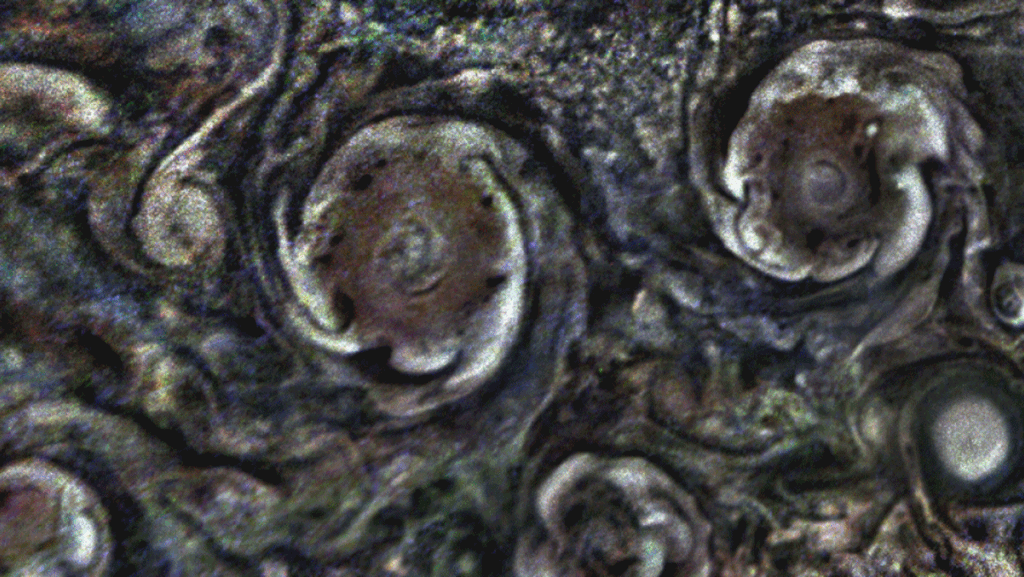A generation after a NASA spacecraft’s probe found an unexpectedly hot and dense atmosphere at Jupiter, a newer agency mission may have some answers to the puzzle.
NASA’s Juno spacecraft discovered that these “hot spots” on the gas giant planet — which the Galileo spacecraft discovered in 1995 — are wider and deeper than previous models and observations suggest, according to results revealed Dec. 11 at the American Geophysical Union’s annual fall conference, held virtually this year due to the coronavirus pandemic.










Comments are closed.